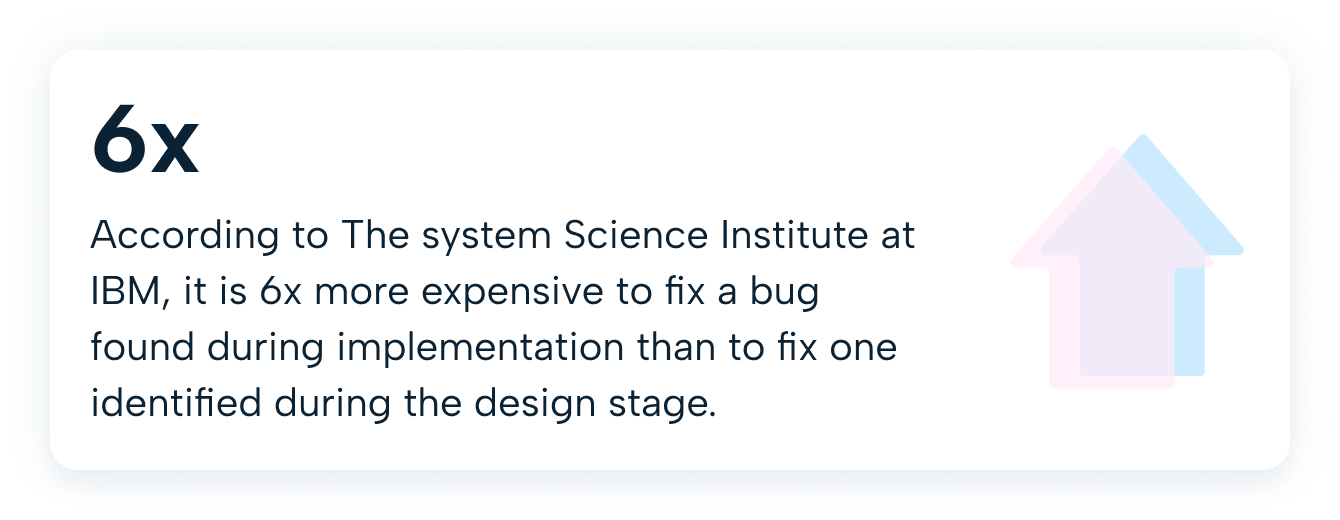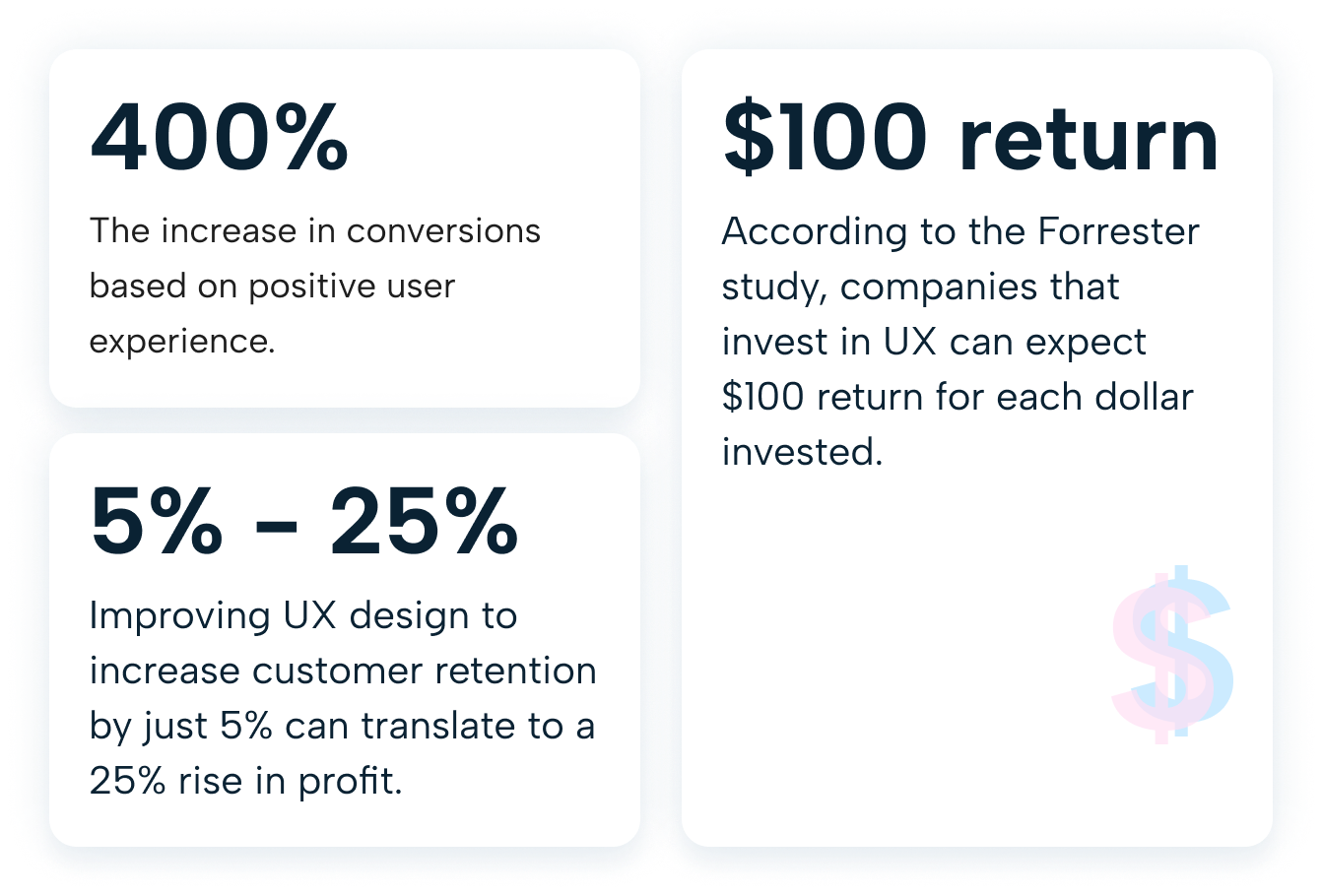The synergy of UX Design and Mobile Development
August 20, 2024
Published by Karolina Sarnowska and Monica Morales
The love (and sometimes hate) relationship that builds exceptional experiences.
In the modern digital world, the relationship between UX designers and app developers is both a love story and a tale of occasional friction. It is highly dynamic collaboration that fuels the creation of exceptional and intuitive experiences, blending creativity with technical knowledge.
The role of UX designer vs the role of App developer.
UX designers act as architects of User Experiences. They are the visionaries that bring creativity and user - centric approach to the table. They craft intuitive and engaging interfaces that prioritise user’s journeys and their experiences. Their job is to understand the needs, behaviours and pain points of app users and translate these insights into compelling designs that make the interactions seamless and enjoyable (what in turn positively influences retention).
On the other side App developers are masters of code. They are the builders armed with technical expertise that take the blueprints provided by UX designers and turn them into functioning product through precise coding. They ensure that the app runs smoothly, is responsive and meets all the technical specifications required for the apps performance and users' security.
The magic of collaboration
This partnership thrives on effective communication and mutual respect. UX designers and app developers must constantly exchange ideas and feedback, aligning design ideals with technical constraints. It’s a delicate balance where both sides need to understand and appreciate the other’s contributions.
When working together seamlessly, designers and developers can create apps that are not only functional but also delightful for users. This harmony is the essence of their collaborative efforts, showcasing the power of combining creativity with technical skill. Of course, the road to collaboration is not always smooth. Differences in priorities, language, and methodologies can lead to misunderstandings and friction. However,these challenges can be overcome by fostering an environment of open communication, continuous learning, and empathy.

Best practices for smooth and effective collaboration
Bridging the gap between design and development is crucial. Effective tools and Company confidential processes enhance collaboration, ensuring seamless integration. And what is most important create pleasant working environment. Below few steps can greatly enhance this collaboration:
-
Early and Frequent Communication: Involving developers early in the design process helps anticipate technical challenges and align expectations.
-
Shared Goals: Focusing on common goals, such as user satisfaction and product success, helps unite the team.
-
Flexibility: Both designers and developers should be willing to compromise and adapt as needed to meet project goals.
-
Regular Feedback Loops: Continuous feedback and iterative improvements ensure that the final product evolves to meet user needs effectively.
-
Design systems and Style guides: A comprehensive design system or style guide ensures consistency and streamline the development process.
-
Cross-Functional Training and conversations: Understanding each other’s roles and challenges through workshops or pair programming sessions.
Risks of lack of collaboration
When the collaboration breaks down, several risks can emerge, impacting overall success of the project and long term growth as well as negatively impacting retention. Below are some of the key risks associated with lack of collaboration:
-
Misaligned goals and priorities: Without collaboration, UX designers and app developers may have different goals and priorities, leading to a disjointed product. Designers might focus on aesthetics and user experience without considering technical feasibility, while developers might prioritise performance and functionality without fully appreciating the user journey.
-
Poor user experience: A lack of collaboration can result in a product that doesn't meet user expectations or needs. Designers' visions might be compromised during development, leading to a final product that is difficult to use or not as engaging as intended. This can lead to user frustration and decreased satisfaction.
-
Increased Development time: Miscommunication and misunderstandings between designers and developers can cause significant delays and increased costs. If developers have to rework parts of the app due to unclear or impractical design requirements, it can lead to extended development cycles and higher expenses.

-
Overlooking technical constraints: When UX designers are not in sync with app developers, they might propose designs that are not technically feasible. This can result in last-minute changes that compromise the design quality or require significant alterations to the development plan, impacting the overall project timeline.
-
Lower product quality: A lack of collaboration can lead to a lower quality final product. Without the iterative process of feedback and improvement, the app might be released with bugs, performance issues, or design flaws that could have been avoided with better teamwork.
-
Frustration and low morale of the team: When designers and developers are not working together effectively, it can lead to frustration on both sides. Designers may feel that their creative visions are being compromised, while developers might feel overwhelmed by unrealistic design demands. This can result in decreased morale and a less productive working environment.
-
Reduced innovation: Collaboration between designers and developers often leads to innovative solutions that neither party could have achieved alone. A lack of collaboration can stifle creativity and prevent the team from exploring new ideas and approaches that could enhance the product.
-
Inconsistent UI: Without proper collaboration, there is a risk of creating inconsistent user interfaces. Different parts of the app might look and behave differently, leading to a confusing and disjointed user experience that can diminish the app's overall effectiveness and appeal.
Interesting facts

Conclusion
Good teamwork between UX designers and app developers is key to creating great digital experiences. When these roles work harmoniously, the result is a product that delights users and meets business goals. However, the lack of collaboration poses significant risks that highlight the importance of fostering an environment where designers and developers can communicate openly, respect each other's expertise, and work towards common objectives. By focusing on teamwork, teams can avoid these risks and make the most of their projects. Regular and early communication, shared goals, flexibility, and constant feedback are important practices that improve teamwork and lead to outstanding apps. Embracing this spirit of collaboration not only creates better products but also fosters a positive and productive work environment, promoting ongoing innovation and success in the fast-changing world of UX design and mobile app development
Registered Office: Bright HR Limited, The Peninsula, Victoria Place, Manchester, M4 4FB. Registered in England and Wales No: 9283467. Tel: 0844 892 3928. I Copyright © 2024 BrightHR